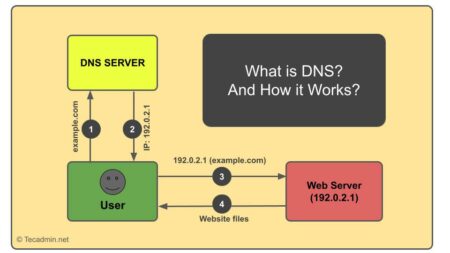Infrastructure as Code (IaC) is a defining pillar in the field of DevOps, an approach that is propelling IT organizations into a new age of agility and speed. The IaC concept has emerged as an essential practice, enabling businesses to manage their IT infrastructure using the same principles they use for software development. This article will provide an introductory understanding of Infrastructure as Code, its benefits, and how it works.
What is Infrastructure as Code?
IaC is a methodology used to manage and provision digital infrastructure automatically and efficiently through machine-readable definition files, rather than using interactive configuration tools or manual processes. It is akin to programming scripts for automating the setup of an IT environment, and these scripts can be used consistently to set up from scratch or tear down the entire infrastructure.
Traditional infrastructure management methods involve manually configuring hardware, installing services, or using interactive tools. IaC, on the other hand, treats infrastructure setup procedures as code. The scripts that set up the infrastructure, often written in a high-level language, are stored in version control systems. This allows the infrastructure to be versioned, tested, and easily replicated, just like software code.
The Benefits of IaC
Adopting IaC offers several key benefits:
- Speed and Efficiency: IaC allows for quick deployment of infrastructure. Scripts can be run, and servers can be provisioned and configured much faster than humans manually completing the same tasks.
- Consistency and Accuracy: By defining infrastructure as code, organizations can minimize deviations and errors that come with manual configurations. Since the infrastructure setup is automated, the configurations are repeatable and help avoid inconsistencies.
- Scalability: IaC enables easy scalability. Infrastructure can be easily replicated and deployed across multiple servers or environments, thereby improving the scalability of applications.
- Documentation: IaC implicitly documents the state of your infrastructure. This self-documenting nature can serve as an accurate and reliable source of documentation that reduces the efforts and potential inaccuracies of manually created documentation.
- Disaster Recovery: In case of a disaster, IaC can be a lifesaver. With all configurations and infrastructure details versioned and stored in a repository, organizations can recover more efficiently.
How Infrastructure as Code Works
Infrastructure as Code uses two key methods: imperative and declarative.
- The imperative approach defines a series of commands to achieve the desired infrastructure state. It’s a step-by-step model, like a script, that describes how the infrastructure should be changed to meet the desired end state.
- On the other hand, the declarative approach specifies the desired end state, and the IaC tool automatically determines the steps to achieve that state. Rather than providing instructions on how to get to the desired state, you define what the end state should be, and the system figures out how to get there.
Key Tools to Implement IaC
Infrastructure as Code can be effectively implemented using an assortment of tools, each of which caters to specific needs and environments. Let’s delve into some of these pivotal instruments:
- Terraform: Standing out as an open-source tool, Terraform is designed to manage and provision cloud infrastructure using a consistent command-line interface. Its ability to support a multitude of providers via a plugin-based architecture makes it an extremely versatile option, irrespective of the cloud platform in use.
- Ansible: Another open-source marvel, Ansible, specializes in application deployment, software provisioning, and configuration management. Its standout feature is its language, YAML, which is exceptionally easy to read and understand, making Ansible a preferred choice for beginners.
- Chef: With the unique feature of transforming your infrastructure into code, Chef is a robust automation platform. Leveraging the power of Ruby language, Chef provides the flexibility needed to develop intricate and specific configurations.
- Puppet: Puppet is a comprehensive software configuration management and deployment tool. Known for its declarative language, Puppet also boasts a rich user interface, offering a high degree of user-friendly interactions.
- AWS CloudFormation: Provided by Amazon Web Services, CloudFormation is a service that aids in modeling and setting up AWS resources. It allows users to focus more on their applications running in AWS, by minimizing the time spent on managing those resources.
To summarize, the successful deployment of Infrastructure as Code significantly relies on the tools utilized. Each tool comes with unique features and capabilities, enabling system administrators and DevOps engineers to choose the right ones based on their specific infrastructure needs and technical competencies.
Conclusion
Infrastructure as Code is a crucial element in today’s DevOps practices, making infrastructure management less error-prone and more efficient. It is an essential skill for system administrators and DevOps engineers. IaC is not just a trend but a substantial shift in how we think about and manage infrastructure. By turning manual tasks into code, organizations can enjoy the benefits of speed, reduced errors, easy scalability, and improved disaster recovery.
